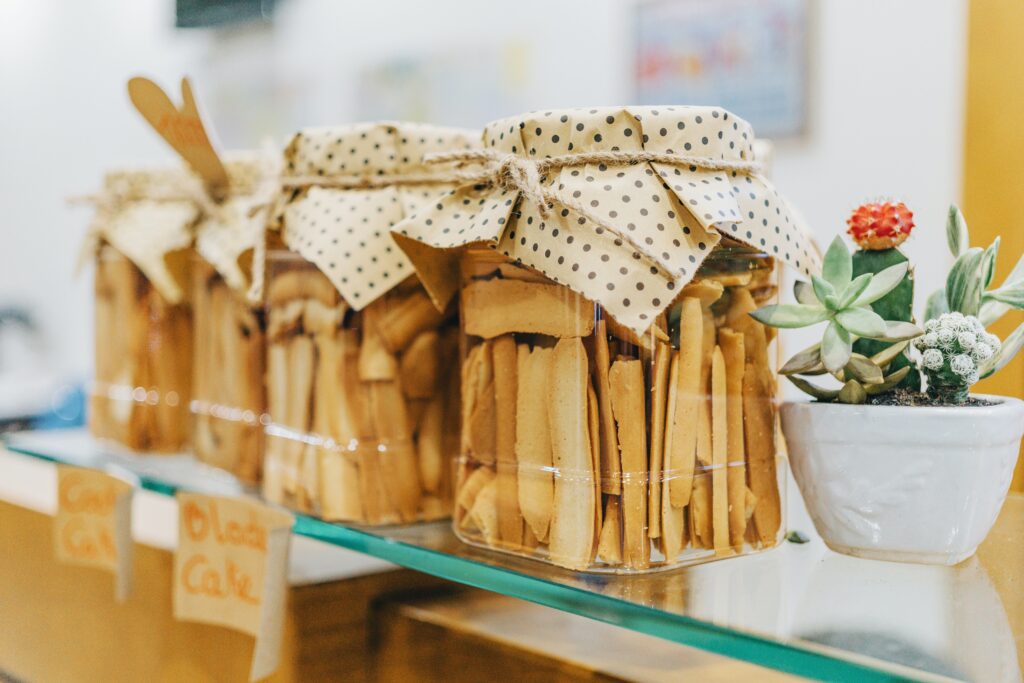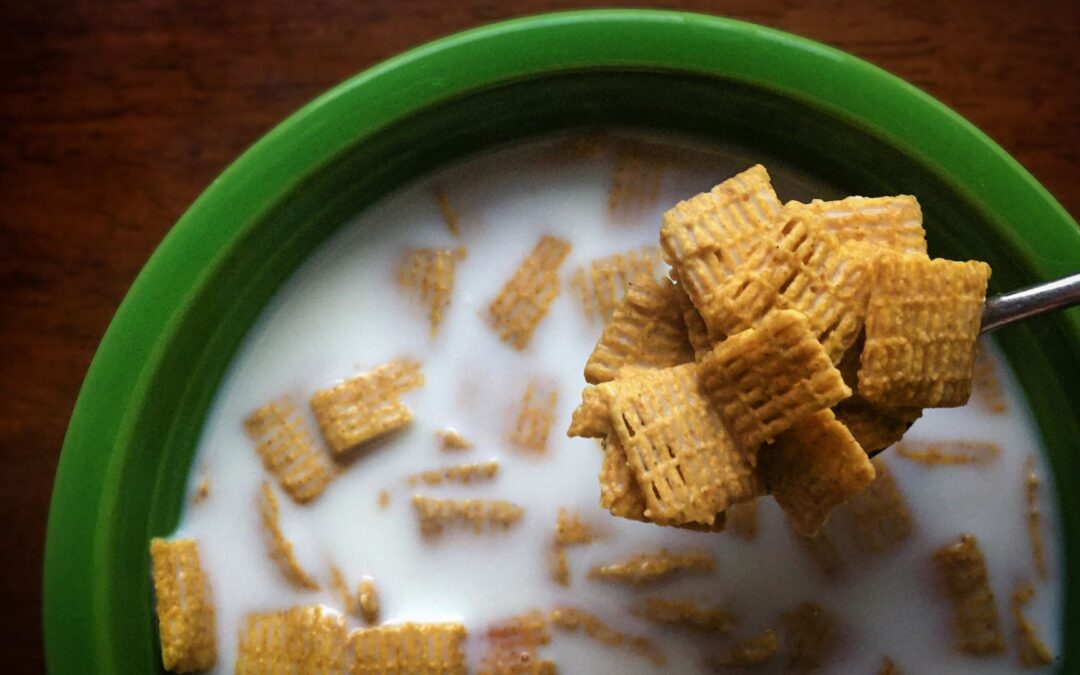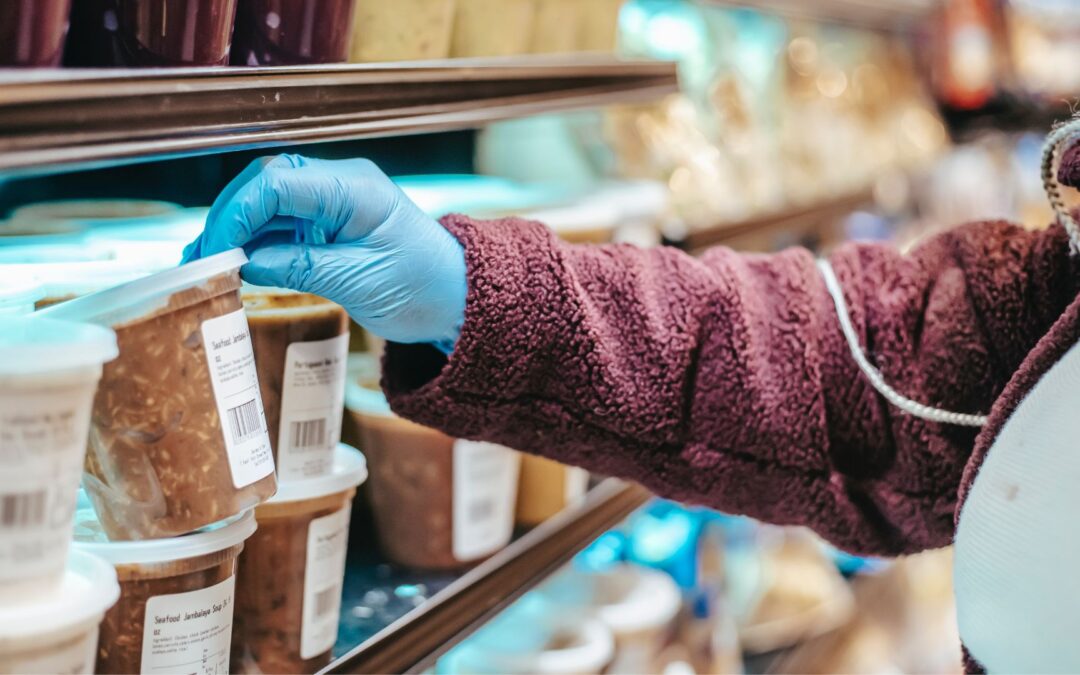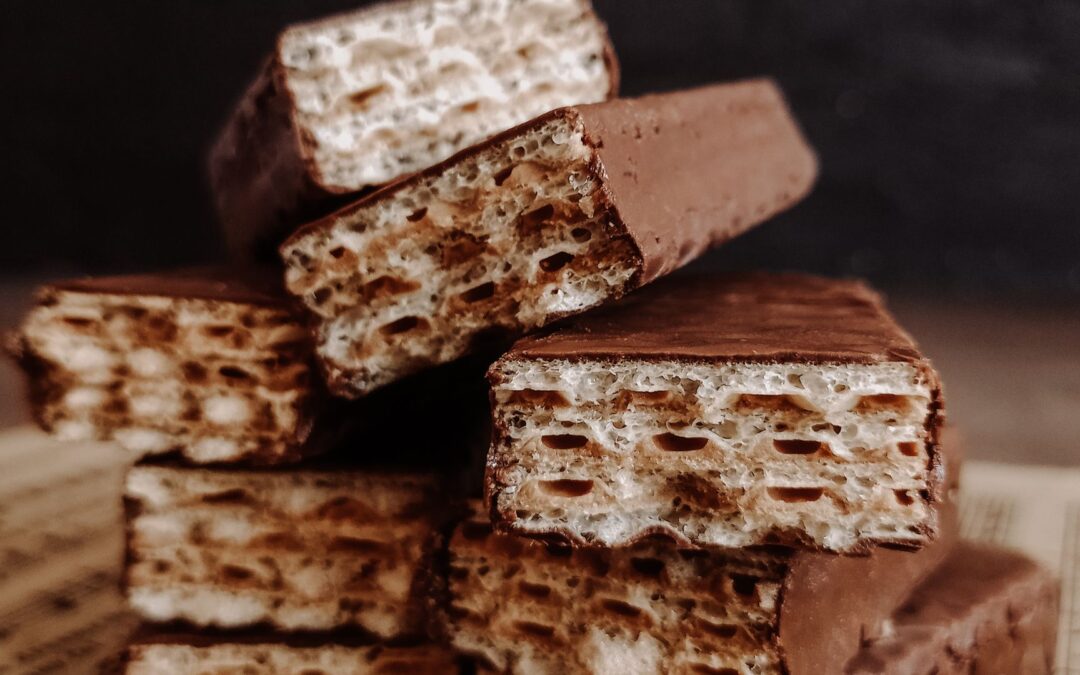Bangladesh has an enriched diverse food culture. In this food fantasy, Bangladeshi people have a special love for ‘Tea and Toast.’ In Bangla, they say, ‘Chaa er shathe Taa!’ Today we’re going to know about the secondary subject that makes tea more ravishing and demanding. Bangladesh’s bakery and confectionery industry has become almost self-sufficient in meeting the local demand by the effort of entrepreneurs who have invested heavily to produce quality items and import substitutes. We’re already making a mark in the international market, attracting more local investors, particularly the large conglomerates, to put their money in the business. With the increasing demand for dry foods like biscuits, bread, cakes, bun, toasts, traditional cookies, special toasts, dry cakes, sweet toasts, cream milk cookies, coconut cookies, low sugar biscuits, chocolate biscuits, buttermilk biscuits, tea time cookies, nut biscuits, cheesy cookies, and other items, the current market size is estimated at Tk 80 billion.
There are different kinds of toasts being manufactured in Bangladesh, like Sweet, Butter, Garlic, Crispy Spicy, Chocolate, French, Plain, Low Sugar Salty, etc. Biscuits and confectionery brands like Praan, Nabisco Biscuit and Bread Factory, Akij Group, Haque, Al-Amin, Partex, New Olympia, Ispahani, Bangas, Romania, Fu-Wang, Bonoful, Thai Food, Bengal, Gold Mark, Mashafi, Ifad, Cocola, Pinnacle, etc. have also made a good mark in Bangladesh market.

The processing of toasts and their various taste lies in the preparation of the dough. The basic ingredients of dough are flour, sugar, warm water, salt and yeast. Besides, melted chocolate is used while making chocolate toast or the toast is dipped into chocolate before the final touch. Butter and milk powder are used for buttermilk toast, salt is mixed more than usual if it’s meant to be low sugar salty toast. Masala mix is kneaded with the dough if it’s spicy-crispy toast and for the garlic toast, the dough will have to be mixed with garlic extracts. With a Spiral mixer machine, the dough is kneaded and they are put in molds and trays.
In the trays, with lids or without lids, the dough is molded in a rectangular shape. Then, the trays are set in trolleys for 2 hours for proofing. In summer, fresh yeast is used for proofing by covering the trays with cotton cloths. The trays are sent to the oven and baked for 30 minutes at 220 degrees temperature. 2-2.5 liter diesel is used while baking per hour. After baking the toast trays are left to cool down in cooling racks. By using a cutter and slicer machine, the large toasts are divided into smaller pieces and rebaked on trays for 30-40 minutes. Later, the toast slices are spread on the cooling rack for 10-15 minutes and moved to the slider for packaging. Each packet contains a certain weight of toast and is moved to a carton. Gradually these cartons are delivered to our every neighbour shops.






